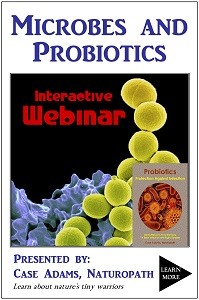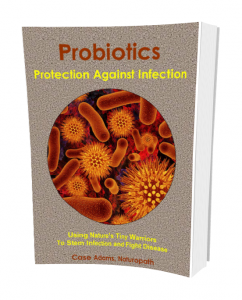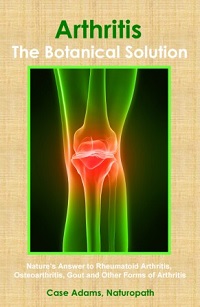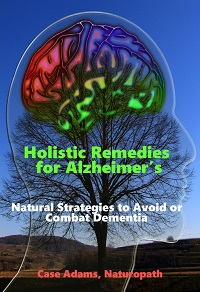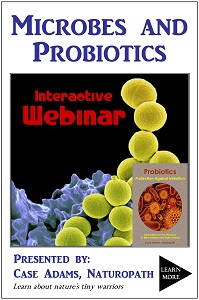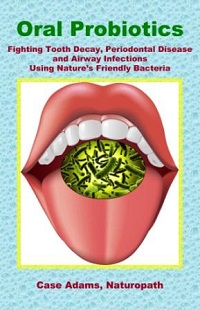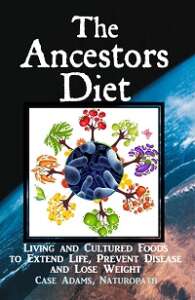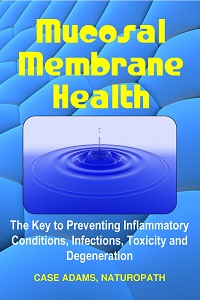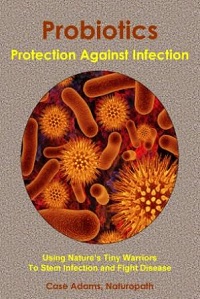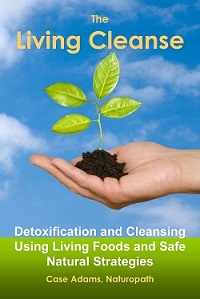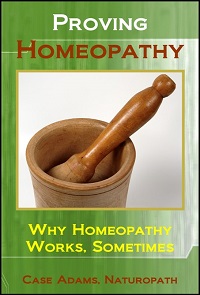Probiotics Fight E. coli Infections
European and German health officials announced in 2011 that over 2,200 people reported being infected by a strain of Escherichia coli (E. coli). Over 500 people were reportedly in serious condition, and 22 people died.
Scientists have identified the E. coli strain responsible as multi-drug resistant EHEC O104. After accusing lettuce, cucumbers and other vegetables, officials are now most suspicious of bean sprouts as the responsible vector.
In this article
What causes a bacteria to mutate?
Bacteria are increasingly becoming resistant to antibiotics. Research shows that environmental challenges produce mutations, as bacteria struggle to survive. Many bacteria, for example, mutate to become resistant to antibiotics. In the case of food manufacturing process, producers use various sanitation methods, including ethanol, chlorine and various antibacterial soaps. All of these can cause bacteria strains to grow stronger.
Bacteria, like any other living being, adapt to challenges. They become resistant to challenges, and become stronger. This is apparently the case for EHEC O104.
One of the characteristics of EHEC O104 is their adherence to the intestinal walls, where they release endotoxins, which infect the kidneys and other organs. According to research, this strain has become resistant to multiple antibiotics, and likely various sanitation methods. EHEC O104 was in fact, one of 41 E. coli strains that were part of a study published in Zoonoses Public Health (Arya et al. 2008) that measured antibiotic resistance among E. coli.
Multiple resistance
In the study, out of the 41 different Shiga toxin-producing Escherichia coli strains (of which O104 was one), all of them were resistant to at least 3 antibiotics, and many were resistant to many more antibiotics. Of the antibiotics, resistance was found to: kanamycin, cephalexin, cephaloridine, enrofloxacin, amikacin, ampicillin, tetracycline, ceftiofur, ciprofloxacin, colistin and co-trimoxazole. (This of course repudiates a recent conspiracy theory that this multi-drug resistance means that the EHEC O104 E. coli must be genetically engineered.)
In reality, bacteria like E. coli exchange antibiotic resistance genes with other bacteria over time, by exchanging tiny DNA-packages called plasmids. Over time, bacteria collect multiple plasmids from other bacteria and build resistance to many different challenges.
The Probiotic Solution
Another prospect must also be considered: While nearly 2,000 people have been infected, only 22 have died. Why didn’t everyone who got sick die? And why didn’t everyone who ate the sprouts become sick? Certainly many more than 2,000 people ate the sprouts.
Research shows that this is because some of us have stronger colonies of probiotics in our intestines, mouth and esophagus than others. Those with weaker probiotic colonies, and weaker immune systems, have become more ill.
Research has shown that probiotics produce antibiotics that kill and control invading bacteria. In fact, most of us harbor E. coli and most of us consume E. coli frequently with our foods. Healthier people just have enough probiotic colonies available to rid or control them. Probiotics also collect information about their enemies in the form of plasmids. They learn their enemies’ (such as E. coli) weaknesses. For this reason, probiotics are likely the most sustainable method of counteracting E. coli infections in the future.
For example, two studies in the 1980s showed that Lactobacillus acidophillus and L. bulgaricus significantly inhibited E. coli. (Fernandes et al. 1988), and B. bifidum also inhibited E. coli, but at about half the strength of L. acidophillus and L. bulgaricus (Amand et al. 1984). In more recent research, the Bifidobacterium lactis Bb12 probiotic strain has also been shown to inhibit E. coli in multiple studies.
Honey is also antibiotic according to other research.
For this research, and more information on probiotics and how to use them, refer to Probiotics: Protection Against Infection.


